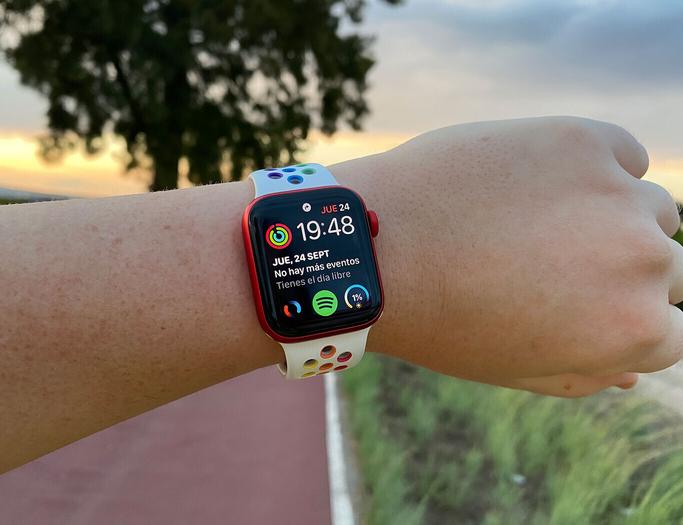Home >samsung >LTPO screens: what they are, what variants there are and what advantages they provide
samsung
Time: globisoftware
On: Nov/05/2022
Category: Huawei iphone samsung Digital life
Tags: Do all Samsung phones have ultra power saving mode?
No comments TODAY WE TALK ABOUT
Subscribe to Xataka Móvil
Receive an email a day with our articles:
Samuel Fernández @samfdz
Technology does not stop evolving and we see it in each of its components. Processors are increasingly surrounded by artificial intelligence that makes them more powerful and efficient, batteries evolve in terms of speed and types of charge, and even cameras vary the types of sensors at convenience. And on the screens, of course, the same thing happens.
In recent times, in fact, we are seeing more and more frequently the landing of screens called LTPO to accompany OLED technology and perhaps it is time to pause a bit to define what we are talking about. To tell what exactly an LTPO screen is, what variants there are and what advantages they bring to the devices (mobile phones, tablets, watches) that use them.
What is an LTPO screen
Technically, LTPO are not acronyms that refer strictly to the screen itself but to the technology that makes up the TFT matrix of the screen itself, It is also an ideal partner for OLED panels in any of its forms, whether they are pure OLED or AMOLED with Samsung's active matrix.
LTPO corresponds, once we translate the acronym, to "low-temperature polycrystalline oxide" and comes to a certain extent to replace LTPS panels, whose meaning is "low-temperature polycrystalline silicon". For practical purposes, LTPO panels mix parts of LTPS and oxide TFTs to give rise to more energy-efficient panels, mainly because they are able to handle changes in refresh rate more easily.

The big advantage of LTPO is that it can dispense with additional components connecting the display controller and the phone's GPU when it comes to managing the display frequency and is therefore much more flexible in this regard. The great feature of LTPO screens is, for example, that they can reduce the refresh rate to as low as a single hertz, and go up to 120Hz or more. And all this dynamically, at the will of the processor.
Thus, an LTPO screen can deliver a picture at 1 hertz if it is displaying static content, and go up the hertz if motion is already required. This, by reducing screen on and off, saves energy. It is not an extremely high saving compared to what a screen consumes, which is a lot, but it certainly improves the consumption of more traditional OLEDs with LTPS matrices.
LTPO Variants: Samsung First
As for its variants, Samsung already has its own alternative version of LTPO screens, even though they too they use in their latest high-end phones such as the Galaxy Note 20 Ultra or the Samsung Galaxy S21. The variant developed by Samsung is known as HOP, which translated means "hybrid oxide and polycrystalline silicon."
In XatakaSamsung Galaxy Note 20 Ultra, analysis: a candidate for best mobile of the year with the S Pen as the finishing touchSamsung's HOP screens mix the best of both worlds, LTPS panels and LTPO panels. According to Samsung itself, its HOP technology would be capable of reducing the energy consumption of the LTPOs themselves by between 15% and 20%. Not bad considering that the LTPOs themselves already have a lower consumption than usual, as we have previously commented.
LTPO screens can already be found in products marketed as the Apple Watch or the latest Samsung Galaxy Note 20 and Galaxy S21, as we mentioned before, and more and more manufacturers are betting on them to reduce consumption and be able to play with the refreshment of their screens. When you see a phone with variable frequency coming onto the market and boasting of being able to reach speeds of a single hertz, it is most likely mounting an OLED with an LTPO matrix.
Share LTPO screens: what they are, what variants there are and what advantages they provide
Share
